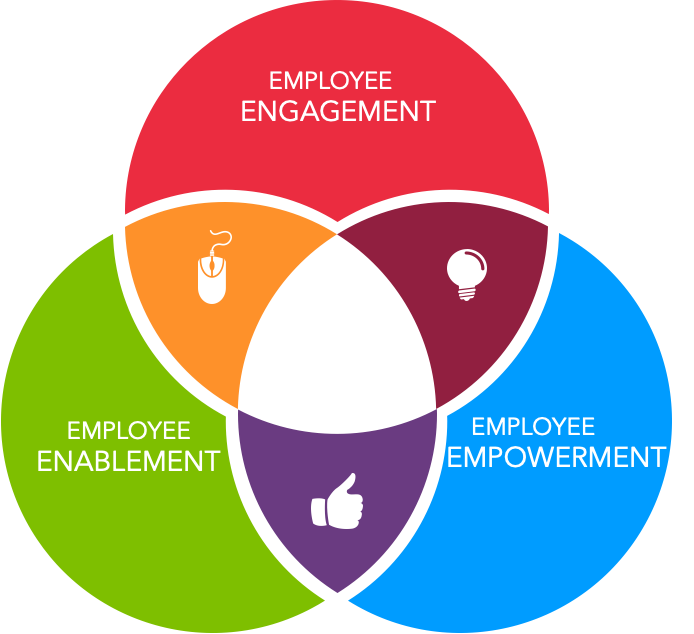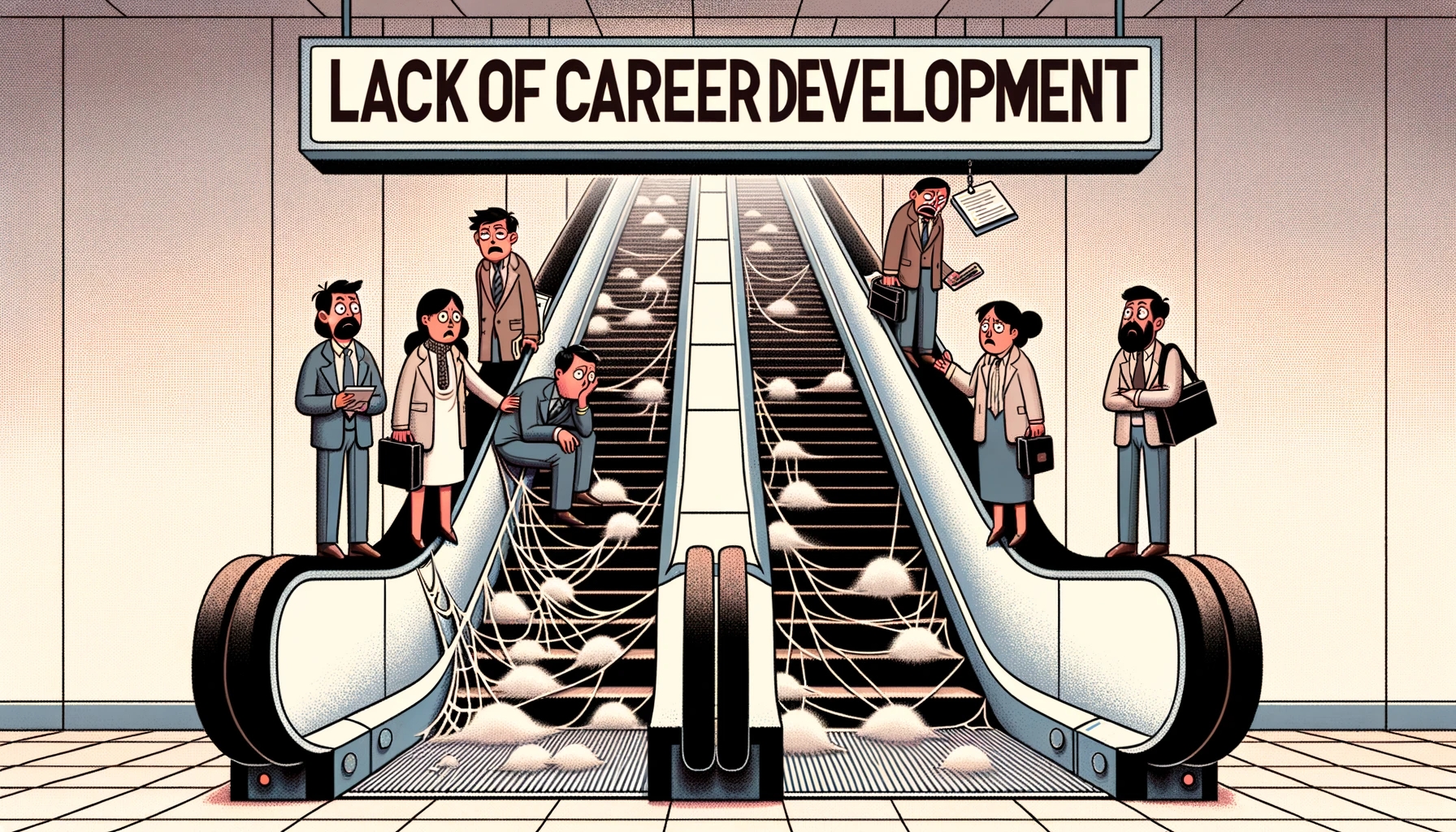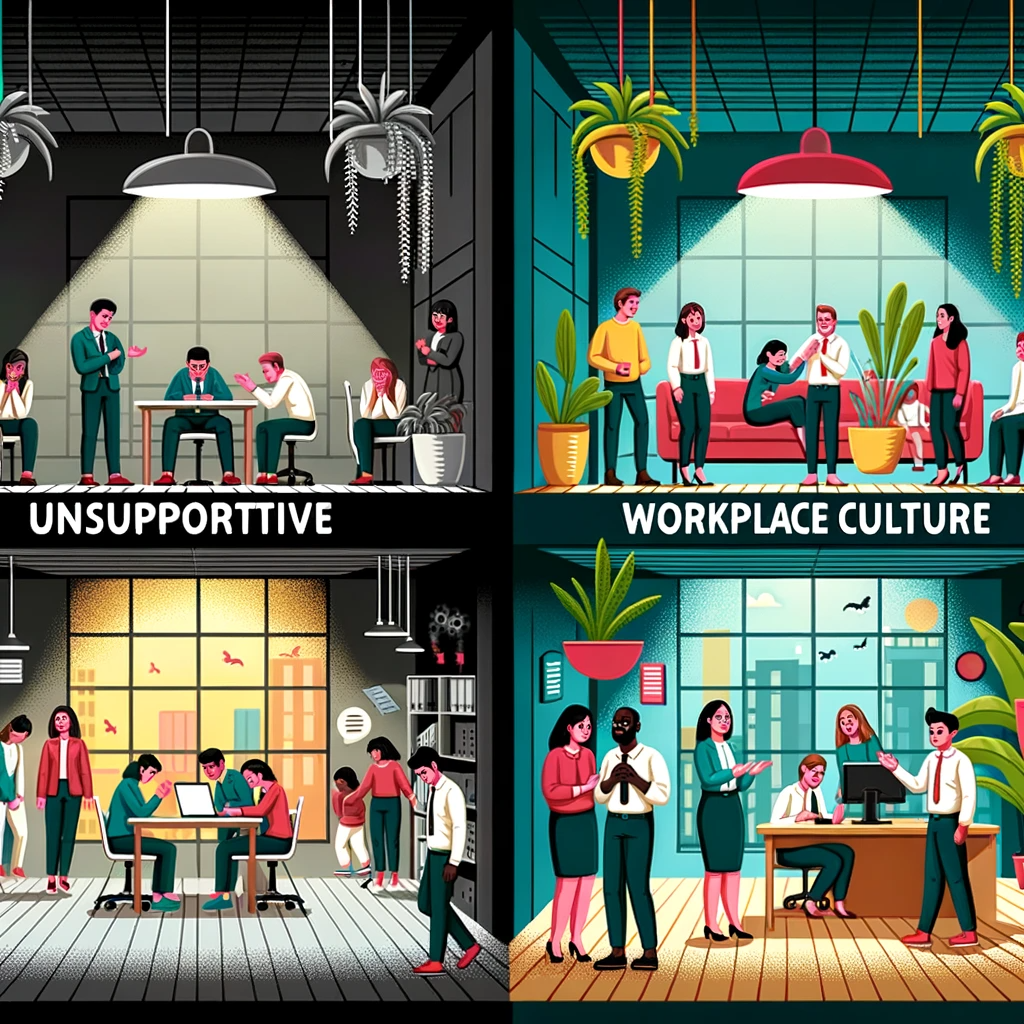
Introduction
In today's fast-paced and ever-evolving work environments, ensuring a positive employee experience has become paramount for organizations aiming to thrive. Employee experience encompasses the entirety of an individual's interactions, perceptions, and emotions during their tenure with an organization. It's not limited to just the day-to-day tasks but extends to the culture, work environment, opportunities for growth, and the overall sense of well-being within the workplace.
Why is employee experience so vital? Simply put, it's because it directly affects an organization's success. Engaged and satisfied employees are more motivated, productive, and loyal. They not only contribute to a harmonious work environment but also become advocates for the company, attracting top talent and positively influencing the organization's brand and reputation.
This series aims to delve into the top ten issues that significantly influence employee experience. Each of these issues is a piece of the puzzle that shapes the overall work environment and, consequently, the engagement and satisfaction levels of employees.
TOP 1: LACK OF CLEAR COMMUNICATION
Effective communication is the bedrock upon which all successful organizations are built. In this segment, we'll explore how inadequate communication channels, coupled with unclear messaging, can lead to misunderstandings, reduced productivity, and decreased morale among employees.
TOP 2: INADEQUATE CAREER DEVELOPMENT OPPORTUNITIES
Employees seek growth and development in their careers. When opportunities for personal and professional advancement are lacking, they can feel stagnant and disengaged. We'll discuss the causes and solutions for this issue, including training programs, mentorship initiatives, and clear career pathways.
TOP 3: POOR MANAGEMENT & LEADERSHIP
Effective managers and transparent leadership are critical for a positive work environment. We'll delve into the consequences of ineffective management, the causes behind it, and the solutions to foster better leadership and management practices.
TOP 4: UNCLEAR ROLES AND RESPONSIBILITIES
Having well-defined roles and clear expectations are fundamental to employee engagement and productivity. We'll explore the impact of unclear job descriptions, its causes, and how organizations can rectify this issue through clear communication and regular reviews.
TOP 5: LACK OF RECOGNITION AND REWARDS
Recognition and rewards are essential motivators for employees. We'll discuss how the absence of a structured recognition system can lead to low morale and decreased productivity, and we'll explore strategies to implement effective recognition programs.
TOP 6: UNSUPPORTIVE WORKPLACE CULTURE
A toxic or unsupportive workplace culture can have a profound impact on employee morale and engagement. We'll examine the causes of negative workplace cultures, the resulting effects, and strategies for fostering a positive, inclusive work environment.
TOP 7: INSUFFICIENT WORK-LIFE BALANCE
Balancing work and personal life is crucial for employee well-being. We'll explore the consequences of excessive working hours, causes behind them, and how organizations can promote a healthier work-life balance.
TOP 8: INADEQUATE COMPENSATION AND BENEFITS
Compensation and benefits significantly influence how employees perceive their value within an organization. We'll discuss the impact of low wages and benefits, causes behind them, and strategies to provide competitive compensation packages.
TOP 9: LACK OF AUTONOMY AND EMPOWERMENT
Empowering employees and granting them autonomy can enhance job satisfaction and innovation. We'll delve into the detrimental effects of micromanagement, its causes, and how organizations can promote a culture of trust and empowerment.
TOP 10: MONOTONOUS OR UNCHALLENGING WORK
Monotonous or unchallenging tasks can lead to boredom and disengagement. We'll explore the consequences of repetitive work, the causes, and strategies to introduce variety and stimulate employee interest.
In this comprehensive series, we'll navigate through each of these critical topics, offering insights into their importance, underlying causes, and actionable solutions. By addressing these issues, organizations can create a workplace where employees thrive, resulting in enhanced productivity, retention, and overall success. Join us as we embark on this journey to improve employee experience and transform workplaces for the better.
When messages from management are vague, inconsistent, or unclear, employees may struggle to understand expectations, which could lead to misinterpretation and errors, ultimately affecting overall team cohesion and organizational performance.
When messages from management are vague, inconsistent, or unclear, employees may struggle to understand expectations, which could lead to misinterpretation and errors, ultimately affecting team dynamics and organizational success.
Continuous communication issues can lead to frustration and a decline in morale as employees may feel undervalued or overlooked, potentially resulting in decreased engagement and productivity.
When messages from management are vague, inconsistent, or unclear, employees may struggle to understand expectations, which could lead to misinterpretation and errors, ultimately impeding the organization's progress and eroding trust among the workforce.









